1960 CHEVROLET ELCAMINO V1.0
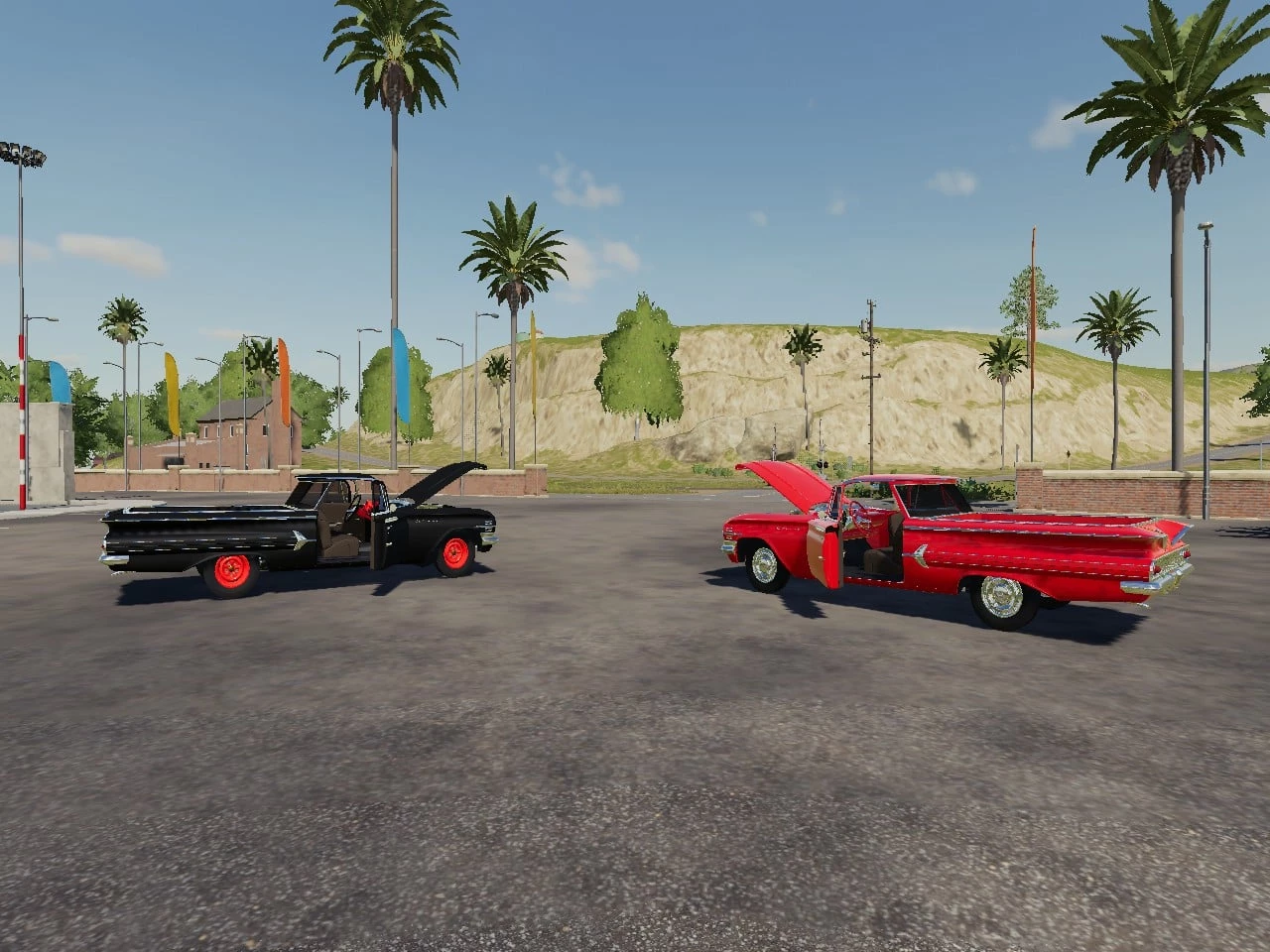
The 1960 Chevy ElCamino.
Vehicle Features Opening doors and hood and rotating steering wheel.
At the moment this is just a driver. The tailgate dont open and you cannot load the bed.
The El Camino sedan pickup kicked off in flamboyant fashion for the
1959 model year, came to an abrupt end in 1960, then resumed production in 1964 on the mid-size Chevelle/Malibu A-body chassis, where it would remain until 1987.
Chevrolet’s El Camino sold well in its inaugural year, but its numbers flagged against the smaller Ford Falcon Ranchero, so, the El Camino and
its stablemate, the sedan delivery, were both phased out in 1960.
Because the El Camino was based on the sedan delivery, it incorporated some structural upgrades over the Brookwood station wagon to make the body and chassis more rigid. For instance, additional bracing in the roof was inherited from the sedan delivery, while the rear cab panel included welded-in bracing to help make the body stiffer where the cab and box met. The box sides and tailgate were double walled to protect the outer panels from damage and add strength, while the bed floor was a sturdy bolted-in panel made of 18-gauge corrugated steel.
Meanwhile, four steel cross sills below the floor helped protect the underside from damage.
The El Camino rode on Chevrolet’s “Safety Girder” X-frame with coil spring suspension front and rear. Its bed floor was 6 feet long, and could carry cargo as long as 8 feet with the tailgate down. Like many compact trucks, the El Camino offered 46.5 inches of space between the wheelwells—just shy of the 48 inches needed to carry a 4 x 8 sheet of plywood or drywall, lying flat.
Maximum payload for the El Camino was rated at 1,200 pounds, which seems optimistic. The recommended payload ranged from 650 pounds to 1,150 pounds, depending on the drivetrain, and somewhere in between those numbers, the truth of how much a 1959 El Camino can safely carry probably lies.
The base El Camino was powered by Chevrolet’s 135-hp, 235-cu.in. straight-six engine, with a one-barrel carburetor. A new camshaft profile for the 1959 engine featured less lift and valve overlap, allowing Chevrolet to boast 10 percent better fuel mileage for the six. Torque was up slightly, too, with the new camshaft.
The base transmission with the six-cylinder was a three-speed manual. Powerglide or an overdrive unit for the manual were optional. Final drive gear ratios with the six-cylinder engine included 3.55, 3.36 and 4.11. (The three-speed was standard with the 3.55, the Powerglide with the 3.36 and the overdrive with the 4.11.)
The El Camino was also available with a 185-hp, two-barrel, 283-cu.in. V-8; a four-barrel, 230-hp 283; or a bevy of 348-cu.in. V-8s. A three-speed manual was the standard transmission behind any of the V-8s; options included the two-speed Powerglide automatic, a manual with overdrive and the three-speed constant-torque Turboglide automatic.
Inside, the El Camino was all business, fitted with a bench seat and rubber floormat. Upholstery options were limited to gray or (with the green or blue exterior colors only) green or blue vinyl with a coordinating cloth insert. A foam rubber seat and padded instrument panel were options.
El Camino buyers could choose from a palette of 13 solid colors or 10 two-tone combinations, all applied in acrylic lacquer. The El Camino’s 14-inch steel wheels were painted to match the main body color; whitewall tires were an option. History of the El Camino from Hemmings motor news.
Credits:
BrianC: model.
REDNECK: putting it into game
Glen Stuhlmacher: Wheels and tires
David Horn/ Wade Spivey/ PSY/ Trayscapes And os many others
who helped when i got stuck, and encouragement to keep going
when i was ready to trash the car and modding.
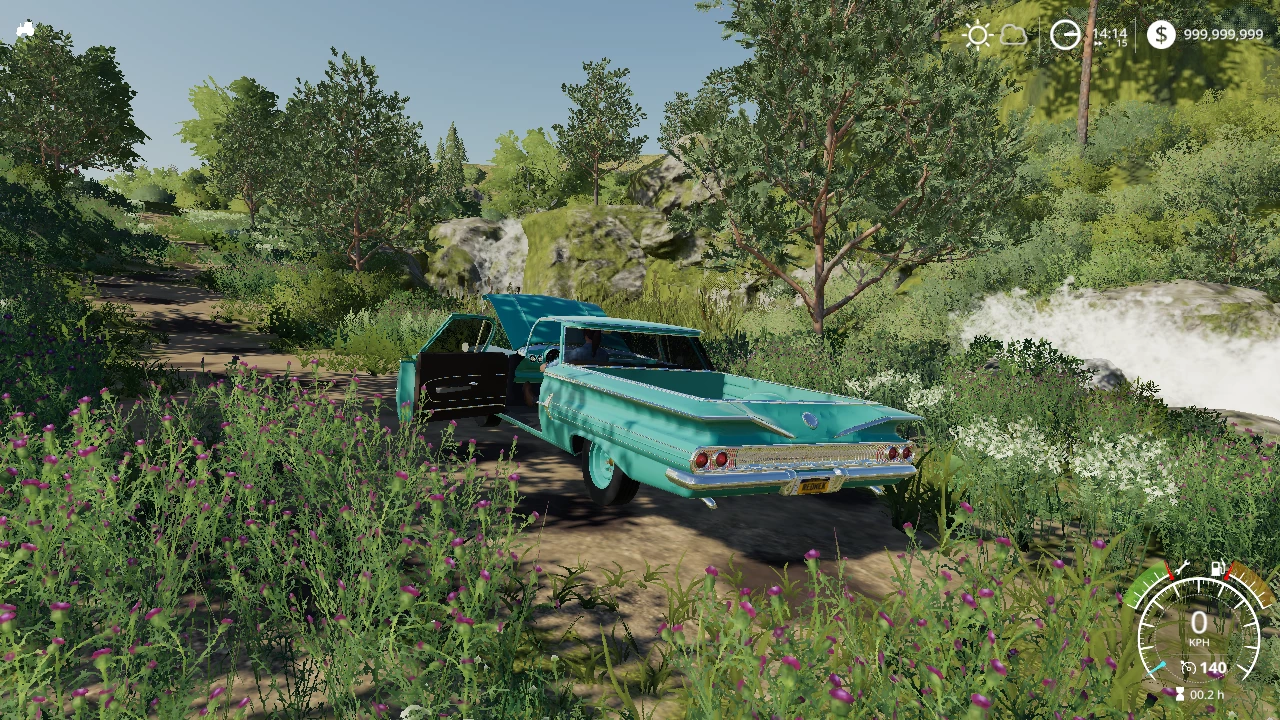
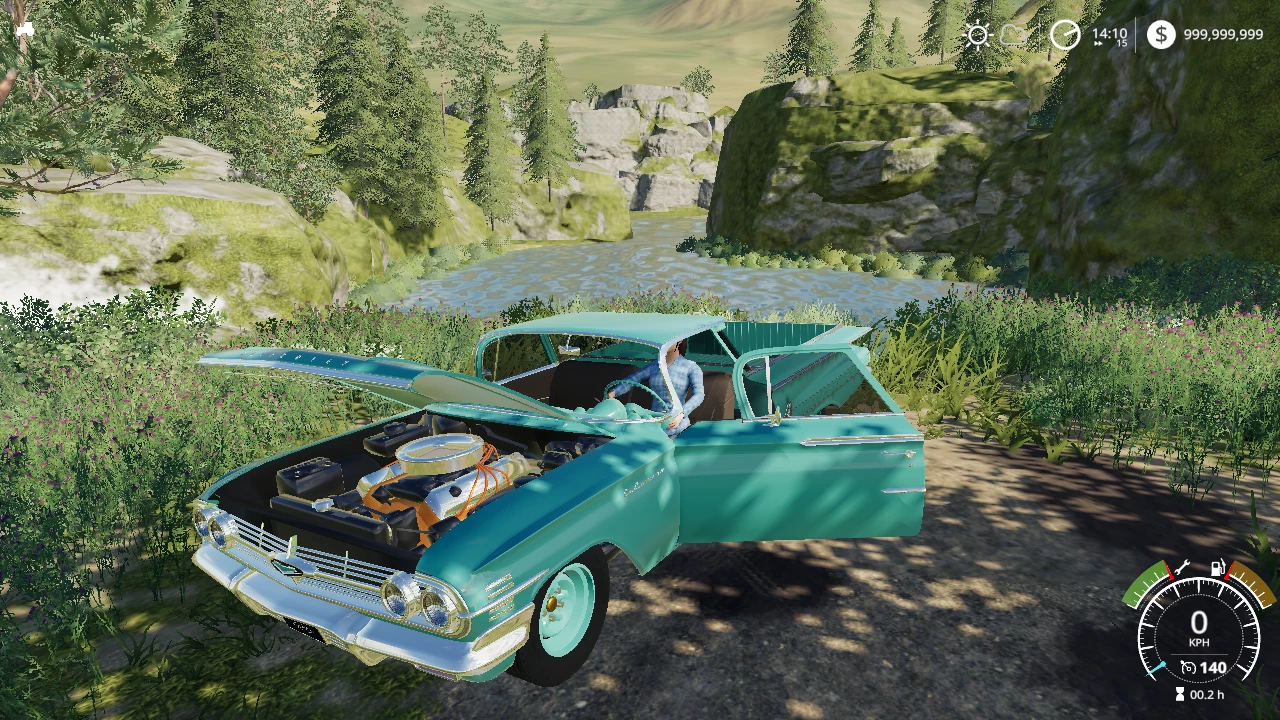
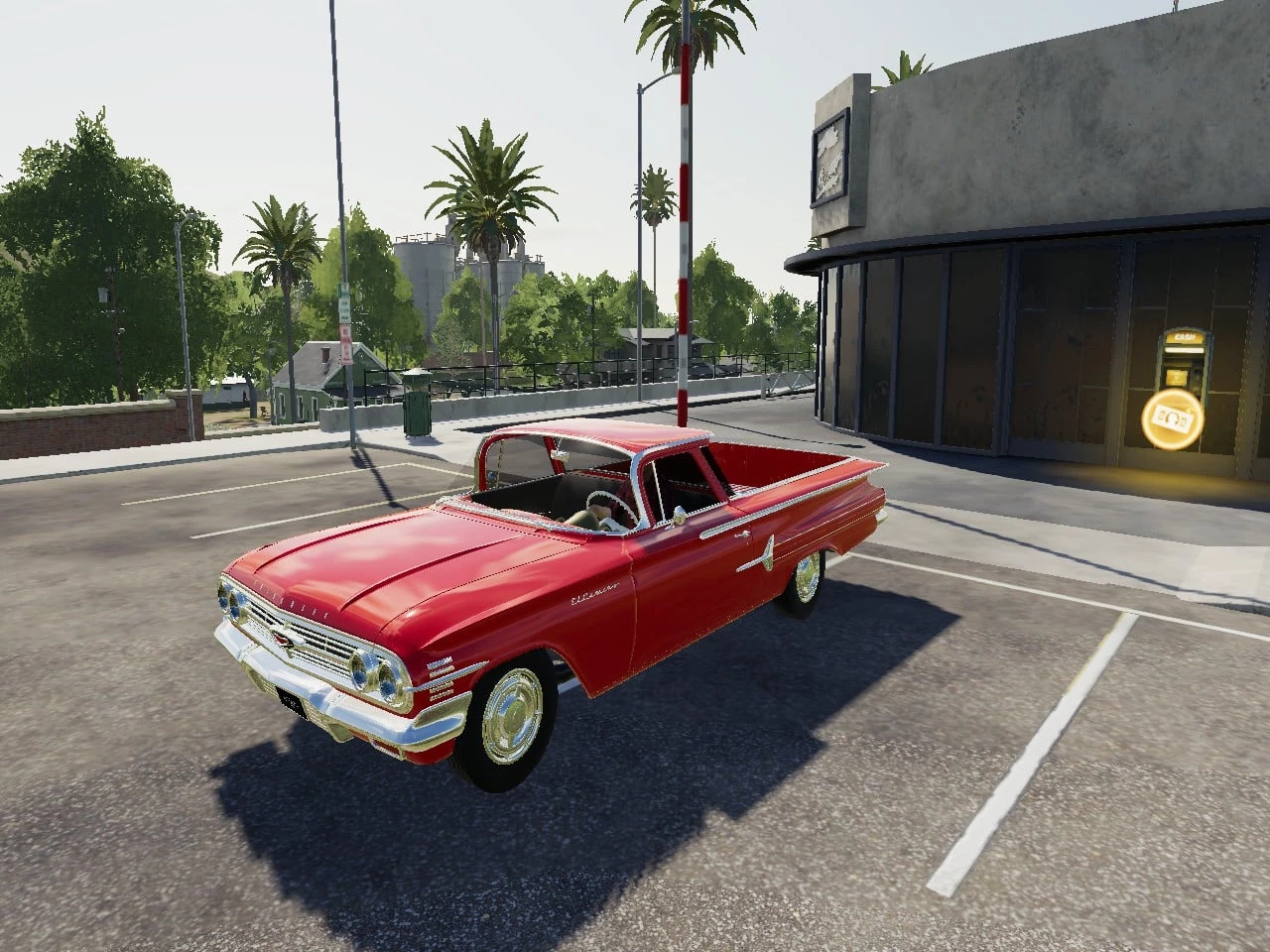
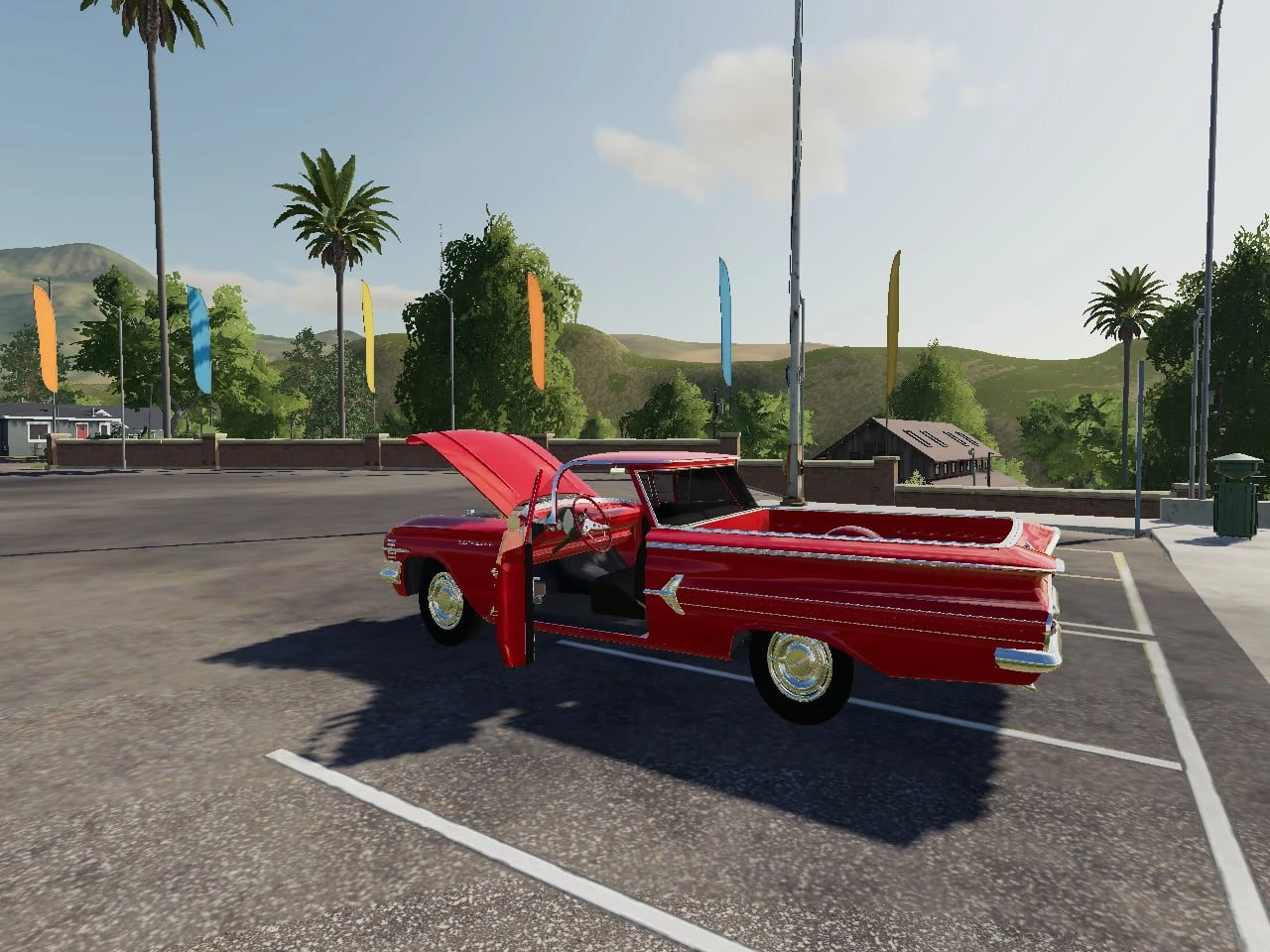

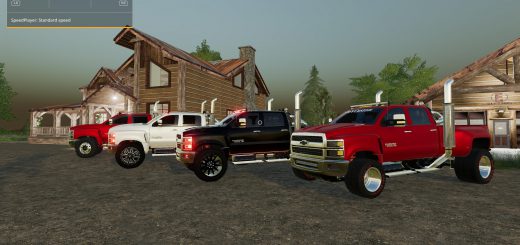
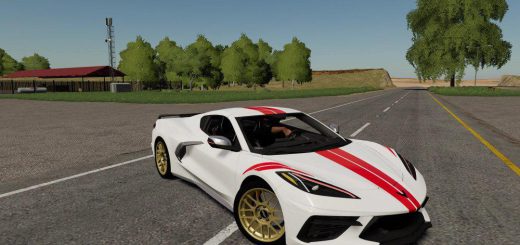
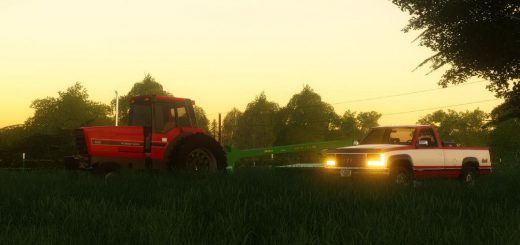
how do u get the cars in wonce u downloaded them
can you make a Impala 65